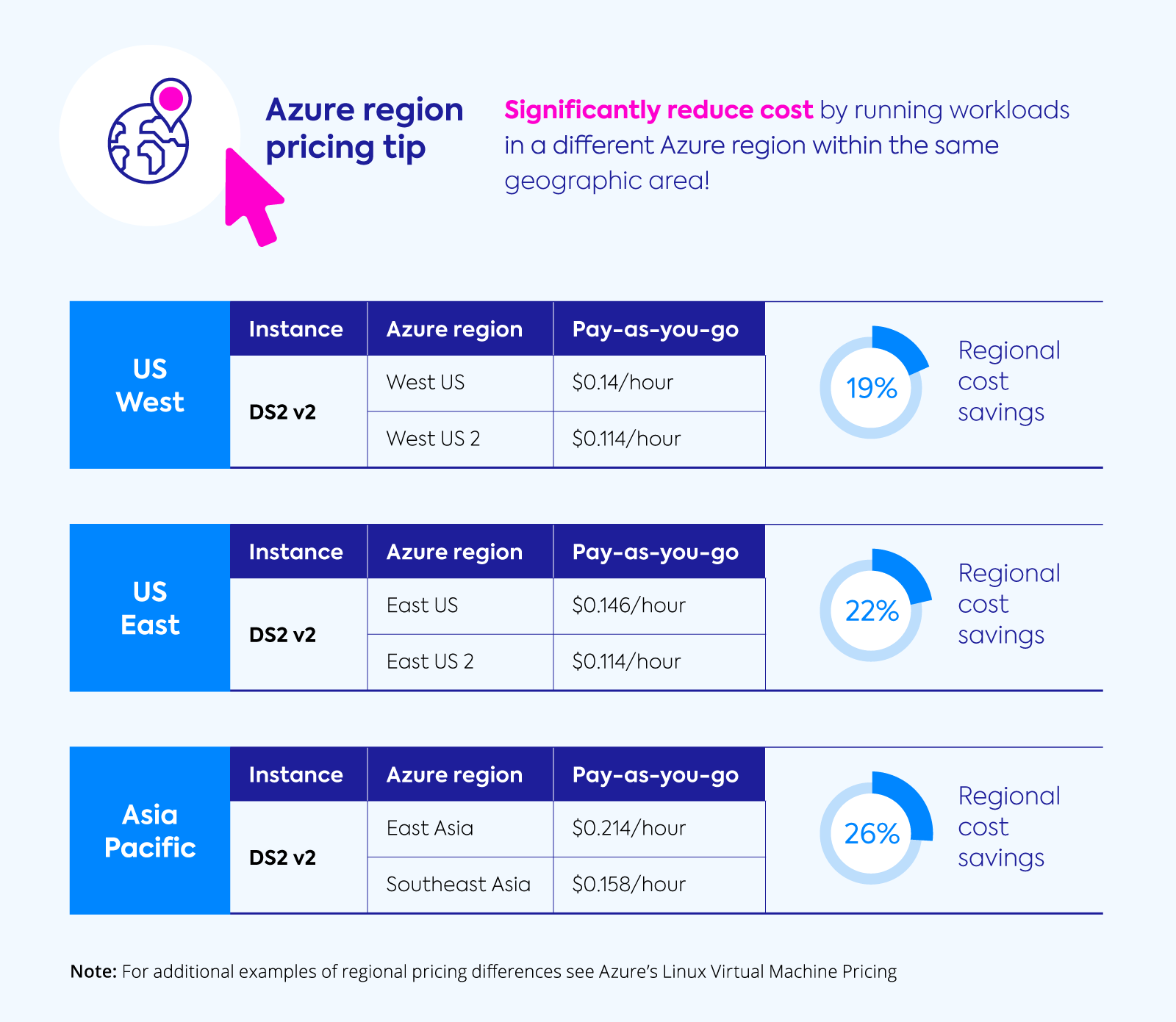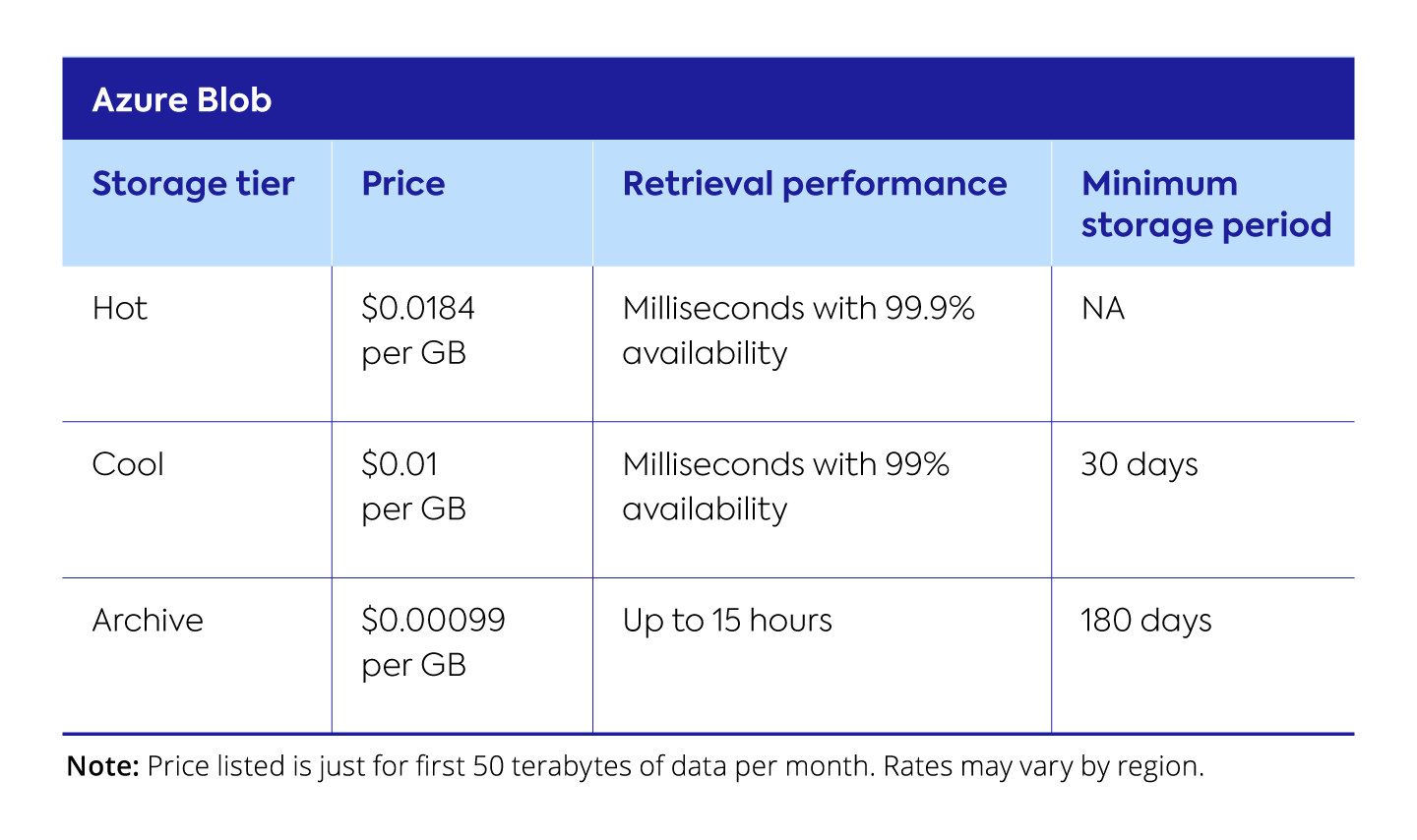What Is Azure Cost Optimization?
Azure cost optimization refers to the process of managing and reducing the overall costs associated with using Azure cloud services. It’s about striking the right balance between performance and cost, ensuring that you get the most out of your Azure investment without spending excessively. It involves effectively managing resources, taking advantage of cost-saving features, and employing strategic practices to keep costs at bay.
Azure cost optimization is vital for every organization using Azure cloud services. It’s not just about cutting costs; it’s about enhancing operational efficiency, improving resource allocation, and creating value for money.
Azure cost optimization can also be viewed as a continuous process of review and adjustment. Technology and business needs change over time, and so should your Azure cost management strategies. Regular reviews and adjustments can help you stay on top of your Azure costs and make the most of your cloud investment.
Here are a few ways to optimize costs in Azure:
- Use cost-effective Azure pricing options such as reserved instances and spot VMs
- Tag and group resources to understand them better
- Remove unused resources to conserve costs
- Right-size resources to avoid over-provisioning
- Set up VM autoscaling to adjust resources to actual demand

This is part of an extensive series of guides about FinOps.
In this article:
- Why Is It Important to Optimize Azure Costs?
- Using Cost Effective Azure Pricing Models
- 6 Best Practices for Azure Cost Optimization
- Automated Cost Optimization for Azure
Why Is It Important to Optimize Azure Costs?
Financial Efficiency
With cloud services, you pay for what you use. Therefore, any inefficiency in resource utilization directly translates into unnecessary costs. With Azure cost optimization strategies, you can identify and eliminate wasteful spending, allowing you to allocate your budget more effectively.
Resource Utilization
In the cloud, resources are virtually limitless, but they come at a cost. If you’re not careful, you could end up paying for resources you’re not using. With Azure cost optimization, you can track your resource usage and ensure that you’re not wasting any resources. This not only saves money but also ensures that applications have enough resources to operate effectively.
Compliance and Governance
Azure cost optimization practices can ensure that your use of Azure services complies with your company’s policies, as well as relevant industry standards and regulations. This includes setting up policies to prevent overspending, monitoring resource usage to ensure compliance with internal and external policies, and maintaining proper documentation for auditing purposes.
Using Cost Effective Azure Pricing Models
The basic Azure pricing model is called pay-as-you-go. It’s the most flexible, but also the most expensive. Here are several cost effective pricing models you should consider on Azure to optimize your costs:
Azure Reservations
Azure Reservations allow you to reserve Azure resources over a one- or three-year term, in exchange for a significant discount on the regular pay-as-you-go rates. This model is best for predictable, steady-state workloads that will run continuously over the term of the reservation.
Azure Reservations require a larger upfront investment, but can save you up to 72% compared to pay-as-you-go pricing. They also provide price predictability, as your costs are fixed for the term of the reservation.
Related content: Read more in our guide to Azure Savings Plans
Azure Spot Virtual Machines (Spot VMs)
Azure Spot Virtual Machines are an auction-based pricing model where you bid on unused Azure capacity. Spot VMs offer significant discounts compared to pay-as-you-go pricing, but with a catch: Azure can reclaim your spot VMs at any time if the capacity is needed for other customers.
Spot VMs are best for workloads that are interruptible and can tolerate occasional downtime. They’re a great way to save money, but should be used with caution, as their availability is not guaranteed.
Azure Hybrid Benefit
Azure Hybrid Benefit is a licensing model that allows you to use your existing on-premises Windows Server and SQL Server licenses with Azure. By leveraging your existing licenses, you can save up to 40% on Azure Virtual Machines and up to 55% on Azure SQL Database.
To use Azure Hybrid Benefit, you must have Software Assurance or qualifying subscription licenses. This model is ideal for organizations that have made significant investments in Microsoft software and want to leverage those investments in the cloud.
6 Best Practices for Azure Cost Optimization
Beyond selecting the most appropriate pricing model for your workloads, here are best practices that will help you improve Azure cost management and reduce your costs.
1. Tag Your Azure Resources
Tagging your Azure resources is an effective strategy for Azure cost optimization. Tags are key-value pairs that you can assign to your Azure resources. They allow you to categorize your resources based on different criteria, such as department, project, or cost center, making it easier to track and manage your Azure costs.
Tags can also help you identify underutilized or unnecessary resources, enabling you to eliminate waste. Additionally, tags are essential for automating resource management.
2. Shut Down Idle or Unused Resources
One of the most common causes of excessive Azure costs is the use of idle or unused resources. These are resources that are running but not being used, consuming costs without providing any value. Identifying and shutting down these resources is a crucial step towards Azure cost optimization.
You can use Azure tools like Azure Advisor and Azure Cost Management to identify idle or unused resources. These tools provide insights into your resource utilization and offer recommendations for cost optimization.
3. Remove Unused Resources
In addition to shutting down idle resources, it’s also important to remove unused resources. Over time, it’s easy to accumulate resources that are no longer needed. These could be old VMs, unused databases, or redundant storage accounts.
Removing these unused resources can result in significant cost savings. But, it’s not just about deleting resources. It’s also about understanding why these resources were left unused in the first place. This can help you avoid similar wastage in the future.
Azure Cost Management provides tools that can help you identify and remove unused resources. It provides detailed cost analysis and usage reports that can help you understand your resource usage and identify any unnecessary expenditure.
4. Set Up VM Autoscaling
Virtual machines (VMs) are among the most commonly used resources in Azure, and their costs can quickly add up if not managed properly. Setting up VM autoscaling is a powerful strategy for Azure cost optimization.
VM autoscaling enables you to automatically adjust the number of VM instances in response to changes in demand. This means you can scale up during peak demand periods to maintain performance, and scale down during off-peak periods to save costs.
Learn more in our detailed guide to Azure Autoscaling
5. Identify and React to Cost Spikes
Regular monitoring of your Azure costs can help you identify cost trends, detect anomalies, and take timely action on unintentional cost spikes.
Azure Cost Management is a powerful tool that can help you monitor your Azure costs. It provides detailed cost analysis and budgeting capabilities, allowing you to track your spending, set budget limits, and receive alerts when your spending exceeds your budget.
Learn more in our detailed guide to Azure Budgets
6. Use Azure Spot Virtual Machines (Spot VMs)
Azure Spot VMs are a cost-saving feature offered by Azure. They allow you to take advantage of unused Azure capacity at a significant discount. This makes them a great option for cost optimization, especially for non-critical or flexible workloads.
Azure Spot VMs can be interrupted at short notice, so they are suitable for workloads that have flexible start and end times, or that can tolerate interruptions. However, with advanced automation, it is possible to use Spot VMs even for mission critical workloads.
Automated Cost Optimization for Azure
Taking steps to reduce and control cloud infrastructure costs requires ongoing effort and diligence that could all too easily consume significant amounts of time for already overstretched CloudOps teams.
To help address that challenge, Spot has created a suite of products for Azure built on unique machine learning and analytics, that go beyond cloud visibility and guidance to actually automate Azure workloads on an optimal blend of spot VMs, reserved instances and, if needed, pay-as-you-go pricing. All of this is provided without compromising availability, performance and flexibility, ensuring optimized infrastructure for scale-out applications, Kubernetes workloads and more.
Learn more about automated Azure cost optimization with Spot.io
See Additional Guides on Key FinOps Topics
Together with our content partners, we have authored in-depth guides on several other topics that can also be useful as you explore the world of FinOps.
AWS Cost Optimization
Authored by Spot.io
- [Guide] AWS Cost Management: Free Tools and 7 Best Practices
- [Guide] AWS Pricing Calculator: Calculate AWS Costs Like the Pros
- [Report] Optimizing in a Multi-Cloud World
- [Product] Spot Eco | Cloud Commitments and Cost Management
Azure Pricing
Authored by Spot.io
- [Guide] Understanding Azure Storage Pricing & Examples for 6 Services
- [Guide] Azure VM Pricing: VM Types, Pricing Models, and Examples
- [Report] Optimizing in a Multi-Cloud World
- [Profduct] Spot Elastigroup | Spot Instance Automation
Data Center Costs
Authored by Granulate

